Flowers have long been symbols of various emotions and messages, with their colors, shapes, and growth patterns often reflecting deeper meanings. In the garden, certain flowers stand out as symbols of hope and optimism, reminding us of resilience, new beginnings, and brighter days ahead. As a gardener, I find great joy in planting flowers that uplift the spirit and bring a sense of positivity to my space.
In this article, we’ll explore ten beautiful flowers that embody hope and optimism. From the classic daffodil to the vibrant marigold, each of these blooms carries a special message of encouragement and renewal. Let’s delve into the world of these inspiring flowers and discover how they can brighten your garden and your mood.
Daffodil
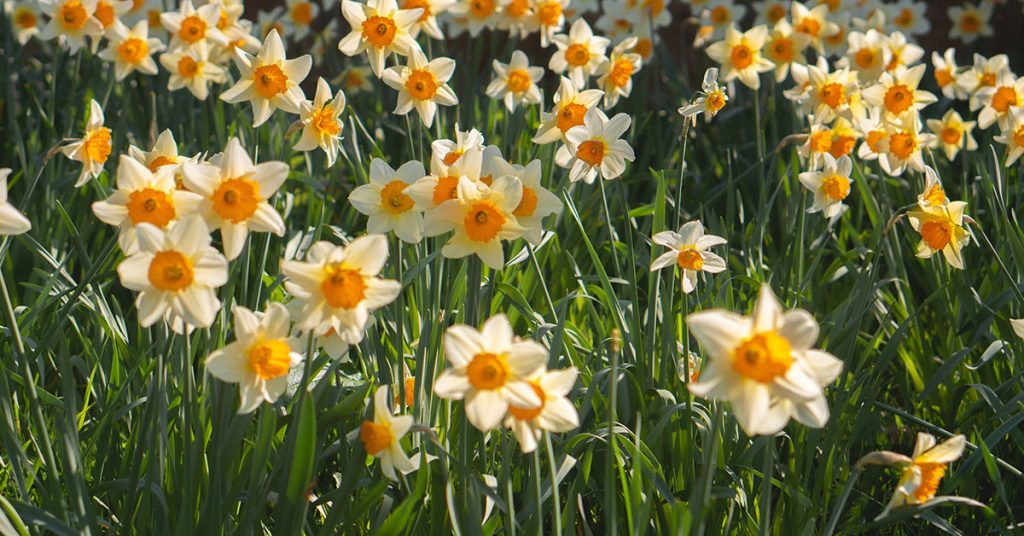
Daffodils (Narcissus) are one of the most iconic symbols of hope and renewal. Native to Europe, North Africa, and parts of Asia, these cheerful yellow flowers are among the first to bloom in spring, heralding the end of winter and the start of a new growing season. Their bright, trumpet-shaped blooms are a reminder that brighter days are ahead.
Plant daffodils in well-draining soil and full sun to partial shade. They are easy to grow and naturalize well, making them perfect for borders, lawns, and woodland gardens. Daffodils are not considered invasive, but their bulbs can spread over time, creating beautiful drifts of color. These resilient flowers are a wonderful addition to any garden, symbolizing hope and new beginnings.
Sunflower
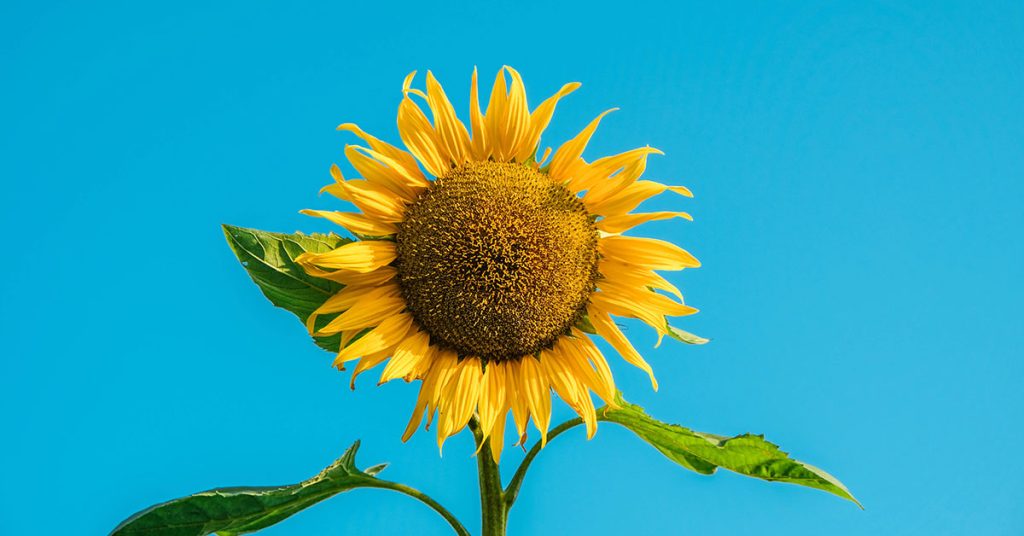
Sunflowers (Helianthus annuus) are the epitome of optimism and positivity. Native to North America, these towering plants with their large, sunny blooms always seem to be smiling. Sunflowers are known for their ability to follow the sun across the sky, a phenomenon known as heliotropism, which symbolizes seeking the light and staying positive.
To grow sunflowers, plant them in well-draining soil and full sun. They are drought-tolerant and can thrive in a variety of soil conditions, making them easy to grow. Sunflowers are annuals, but their seeds can be harvested and replanted each year. These vibrant flowers not only bring joy and warmth to the garden but also attract pollinators like bees and butterflies.
Lily of the Valley
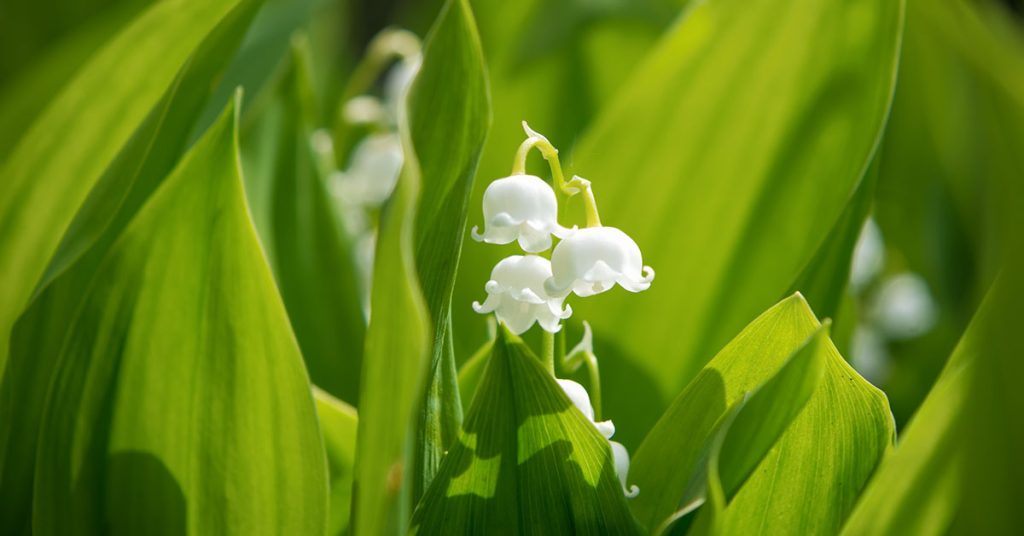
Lily of the valley (Convallaria majalis) is a delicate, fragrant flower that symbolizes the return of happiness. Native to Europe and Asia, its small, bell-shaped white flowers bloom in late spring, often spreading to form a carpet of blooms in shady woodland areas. This lovely plant is a beacon of hope and renewal, thriving in places where other flowers might struggle.
Plant lily of the valley in well-draining soil with plenty of organic matter, in a spot with partial to full shade. It is a low-maintenance plant, but it can become invasive if not controlled. Despite its potential to spread, lily of the valley’s enchanting blooms and sweet fragrance make it a delightful addition to any shaded garden, filling the air with a sense of hope and cheer.
Marigold
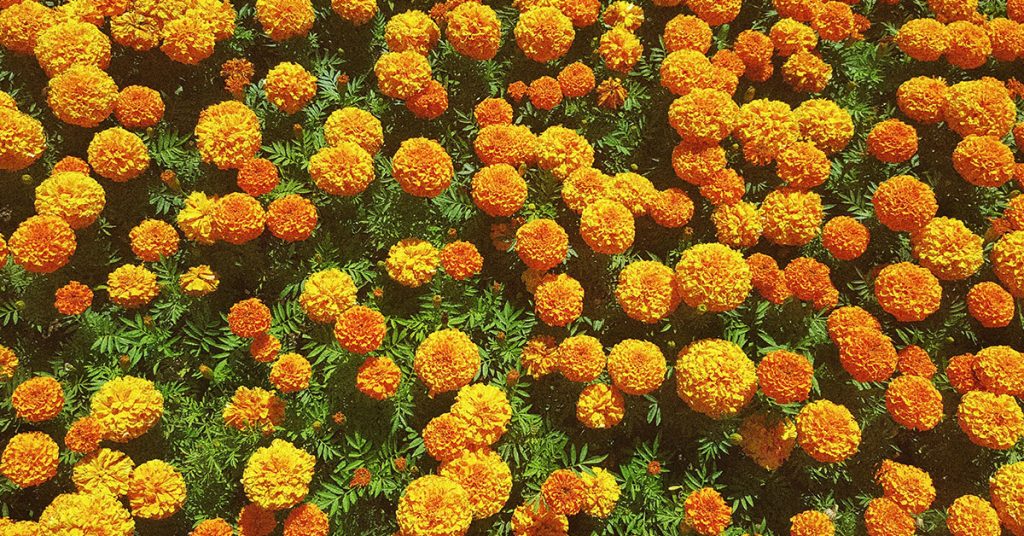
Marigolds (Tagetes) are bright, cheerful flowers that symbolize optimism and positive energy. Native to Mexico and Central America, these hardy annuals come in various shades of yellow and orange, adding a burst of color to any garden. Marigolds are also known for their ability to repel pests, making them a beneficial companion plant in vegetable gardens.
To grow marigolds, plant them in well-draining soil and full sun. They are drought-tolerant and require minimal maintenance, making them perfect for beginner gardeners. Deadhead spent blooms to encourage continuous flowering throughout the season. Marigolds are not considered invasive and can brighten up borders, containers, and garden beds with their sunny disposition.
Iris
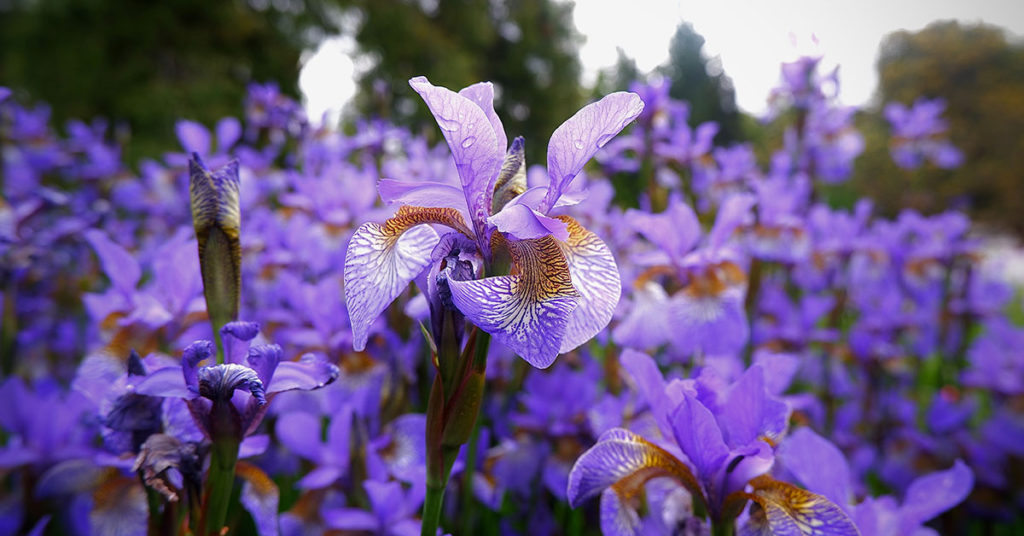
The iris (Iris spp.) is a striking flower that symbolizes hope, wisdom, and courage. Named after the Greek goddess who personified the rainbow, irises come in a wide range of colors, including vibrant purples, blues, and yellows. Native to Europe, Asia, and North America, these perennial flowers are known for their unique, elegant blooms.
Plant irises in well-draining soil and full sun to partial shade. They are relatively low-maintenance but benefit from regular division to prevent overcrowding. Irises are not invasive but can spread over time, creating stunning displays of color in your garden. Their regal beauty and uplifting symbolism make them a wonderful choice for adding hope and elegance to any garden space.
Hyacinth
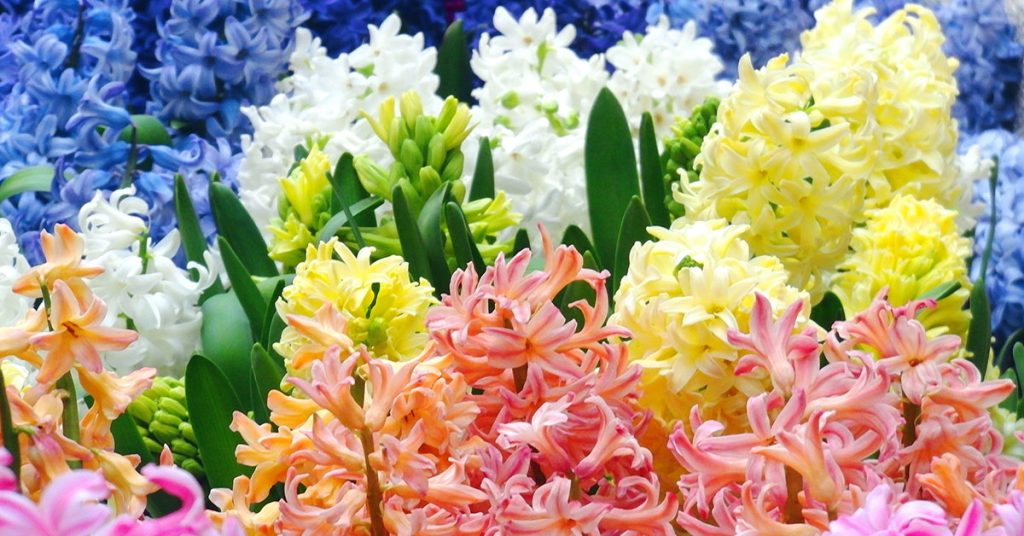
Hyacinths (Hyacinthus orientalis) are fragrant spring flowers that symbolize rebirth and new beginnings. Native to the eastern Mediterranean region, including Turkey, Syria, and Lebanon, hyacinths produce dense clusters of star-shaped blooms in various colors, from deep purple to bright pink and white.
To grow hyacinths, plant the bulbs in well-draining soil and full sun to partial shade. They require a period of cold dormancy to bloom, so they are best suited for temperate climates. Hyacinths are not invasive and are perfect for garden beds, borders, and containers. Their delightful fragrance and vibrant colors make them a hopeful addition to any spring garden.
Snowdrop
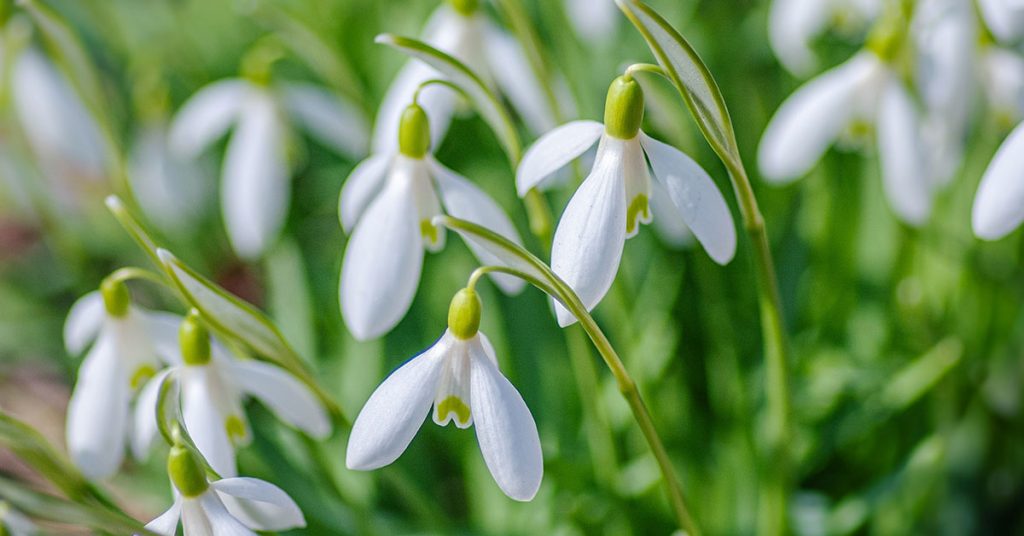
Snowdrops (Galanthus nivalis) are delicate, early-blooming flowers that symbolize hope and purity. Native to Europe and the Middle East, these charming perennials are among the first to bloom in late winter to early spring, often pushing through the snow to reveal their nodding white flowers.
Plant snowdrops in well-draining soil and partial to full shade. They prefer moist, cool conditions and can naturalize well in woodland gardens and shady borders. Snowdrops are not considered invasive, but their bulbs can spread over time, creating beautiful carpets of white. These resilient flowers are a lovely reminder that spring is on its way, bringing new life and hope.
Gladiolus

Gladiolus (Gladiolus spp.) is a striking flower that symbolizes strength, integrity, and remembrance. Native to Africa, the Mediterranean, and Asia, gladiolus produces tall spikes of trumpet-shaped blooms in a wide range of colors, including vibrant oranges, pinks, and purples. These flowers make a bold statement in any garden and are often used in floral arrangements.
To grow gladiolus, plant the corms in well-draining soil and full sun. They require regular watering and benefit from staking to support their tall flower spikes. Gladiolus are not invasive but should be lifted and stored in colder climates to protect them from frost. Their dramatic blooms and inspiring symbolism make them a stunning addition to any garden.
Peony
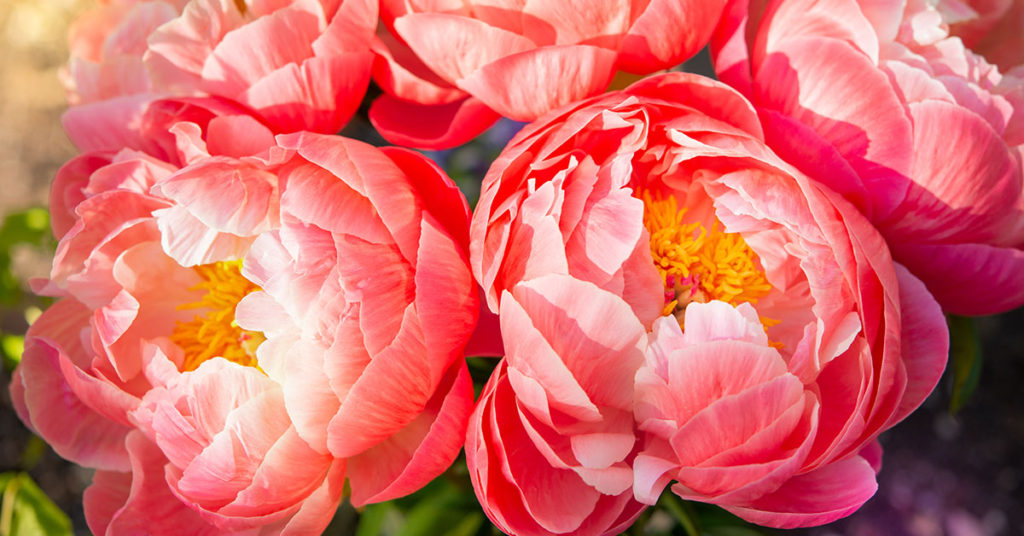
Peonies (Paeonia spp.) are lush, fragrant flowers that symbolize prosperity, romance, and good fortune. Native to Europe, Asia, and North America, peonies are known for their large, ruffled blooms in various shades of pink, red, and white. These long-lived perennials can thrive for decades, making them a cherished addition to any garden.
Plant peonies in well-draining soil and full sun to partial shade. They prefer a cold winter dormancy period and benefit from regular division to prevent overcrowding. Peonies are not invasive but can spread slowly over time. Their lush, fragrant blooms and timeless beauty make them a hopeful and optimistic presence in any garden.
Anemone

Anemones (Anemone spp.) are delicate, colorful flowers that symbolize anticipation and excitement for the future. Native to temperate regions of the Northern Hemisphere, anemones come in various colors, including vibrant reds, pinks, blues, and whites. These charming flowers bloom in spring and fall, adding a touch of whimsy to your garden.
Plant anemones in well-draining soil and full sun to partial shade. They prefer cool, moist conditions and benefit from regular watering during their growing season. Anemones are not invasive but can naturalize well in garden beds and borders. Their cheerful blooms and symbolic meaning make them a delightful addition to any garden, inspiring hope and joy.













